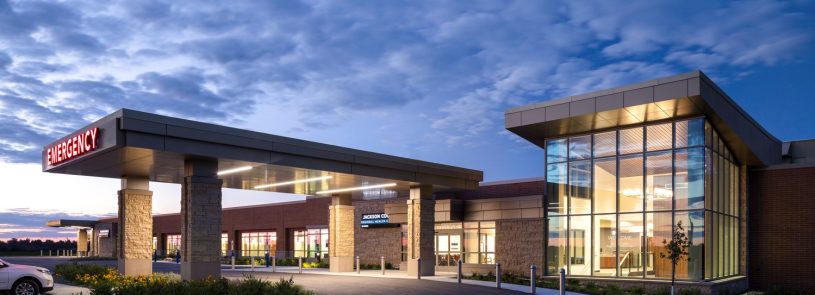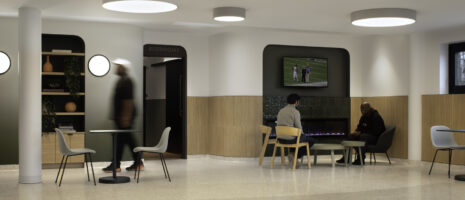Microgrid ‘island mode’ keeps healthcare facilities online when the power grid fails (Podcast included)

By Eric Vandenbroucke
A microgrid is an emerging solution for hospitals and other healthcare facilities that are concerned with the stability of their regional power grid—the resilience of which, in many locations, has become more in doubt than ever before.
This freestanding power source meets the “always on” power needs of healthcare facilities, providing energy to operate independently for as long as the grid is down. While hospitals do have diesel backup generators to help them maintain the regulatory required 96 hours of backup energy, should the fuel run out and replenishment is not available, hospital operations would cease.
A microgrid may consist of a variety of combinations of electricity sources—solar panels, wind turbines, combined heat and power plants, etc.—that can function autonomously in “island mode,” i.e., isolated from the power grid indefinitely with little or no interruption of service. In addition to providing the power needed for uninterrupted healthcare for the populations served, a microgrid can also help healthcare organizations meet sustainability goals, reduce their carbon footprint, and combat the rising costs of energy.
Microgrids are still evolving as a technology, and there is much to consider before deciding to implement one. To help introduce the potential strategy, I’ve written an executive guide on the topic with input from my design and innovation colleagues here at IMEG. The guide provides a high-level look at the components, characteristics, benefits, and challenges of microgrids in healthcare settings.
Download the guide at the link below to gain a basic understanding of a microgrid, the potential it may hold for your facility, and, more importantly, the assurance it provides for the uninterrupted care of your patients.
Download the IMEG executive guide, “Microgrids for Healthcare Facilities.”
Listen to the related podcast:












